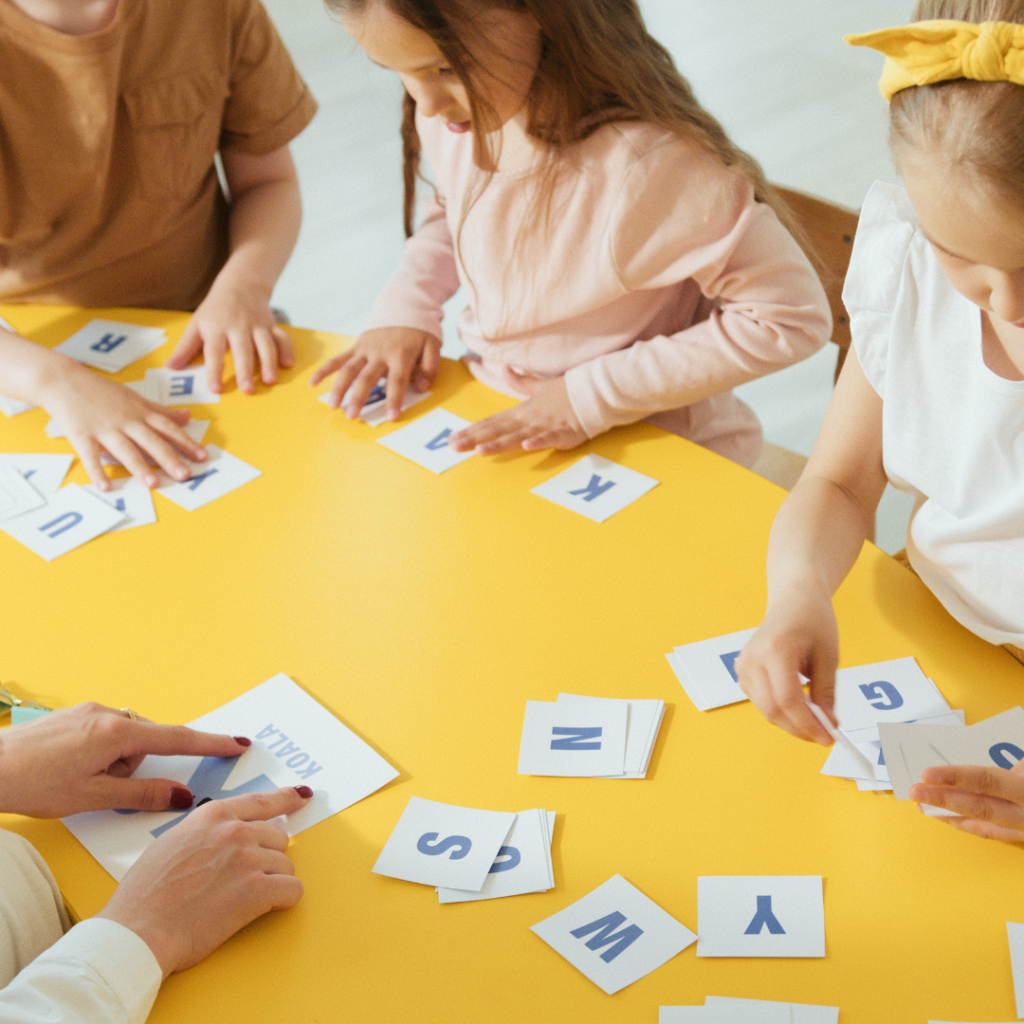
Introduction
Learning Visual for ESL has emerged as a powerful tool for language teachers and learners across the globe. As English continues to be a global lingua franca, more students than ever are entering classrooms as English as a Second Language (ESL) learners. Traditional methods often rely heavily on verbal instruction, which can be overwhelming or less effective for these students. This is where a significant difference. By shifting the classroom focus to images, graphics, and other visual aids, educators can help students connect meaning, improve retention, and boost confidence in language acquisition. In this article, we’ll explore actionable strategies, real-world examples, and practical tips for maximizing the power of visual learning in any classroom.
The Power of Visuals: Why Learning Visual for ESL Works
Taps into the brain’s natural ability to process images faster than text. Many ESL students struggle with unfamiliar vocabulary, complex grammar, or rapid speech. When learning is visual, students are given context clues, visual representations, and clear models, making it easier to decode and remember new information. Charts, infographics, videos, labeled diagrams, and flashcards all help bridge language gaps. By engaging multiple senses and learning styles, encourages participation and fosters a deeper understanding of the material.
Essential Visual Tools for ESL Classrooms
1. Flashcards and Picture Cards
Highly effective when flashcards or picture cards are used for vocabulary and phrase building. These cards show objects, actions, or emotions, making abstract words concrete and memorable.
2. Infographics and Posters
Colorful infographics and posters that summarize key grammar points, language functions, or cultural concepts help students see the big picture.
3. Visual Storytelling
Storyboards, comics, and sequence images allow students to tell stories without needing advanced vocabulary.
4. Interactive Whiteboards and Digital Tools
Smartboards, tablets, and digital platforms such as Google Slides enable collaborative, hands-on activities.
Strategies to Incorporate Learning Visual for ESL
Start Each Lesson with a Visual Prompt
Begin your classes by showing an image related to the day’s theme. Ask students what they see, think, or feel. This technique sets the context and activates prior knowledge, making more impactful.
Use Graphic Organizers
Mind maps, Venn diagrams, and timelines help students organize their thoughts visually. These tools are particularly useful in helping ESL students grasp relationships between concepts, supporting the Learning Visual for ESL approach.
Encourage Drawing and Doodling
Give students opportunities to sketch their understanding of new words or stories. Even simple stick figures or doodles can reinforce learning and make vocabulary stick.
Integrate Video and Animation
Short videos or animated clips cater to visual and auditory learners. Choose content with subtitles or clear narration for maximum Learning Visual for ESL benefit.
Label the Classroom
Place labels on classroom objects, furniture, and materials. Everyday exposure to words and their corresponding items reinforces learning visually and naturally.
Building Confidence: Learning Visual for ESL as a Bridge to Language Mastery
For many ESL students, language barriers can lead to hesitation or lack of participation. Learning Visual for ESL provides a safe and encouraging environment for experimentation and error. When students can “see” language concepts rather than only “hear” or “read” them, they feel more empowered to participate and try new things. This visual support reduces anxiety and increases classroom engagement.
Visual Assessment and Feedback

Assessing ESL students through visual means can be less intimidating and more accurate. Instead of only written quizzes, try:
- Asking students to match images with words
- Having students create their own visual summaries of stories or lessons
- Using digital polls or image-based quizzes
This assessment style aligns with Learning Visual for ESL, providing alternative ways for students to demonstrate understanding.
Supporting Diverse Learners
Not all ESL students are alike. Learning Visual for ESL is especially beneficial for young learners, students with limited prior schooling, and those who learn best through seeing and doing. It can also support neurodiverse students, such as those with dyslexia or ADHD, by reducing the cognitive load associated with dense text and abstract instructions.
A Note on Perfectionism in Gifted Students
It’s important to remember that while Learning Visual for ESL can empower most students, some gifted learners may exhibit traits like Perfectionism in Gifted Students. These learners might hesitate to participate visually for fear of making mistakes or producing imperfect work. Teachers should create an environment where effort and risk-taking are valued as much as correctness, ensuring that Learning Visual for ESL is inclusive and supportive for all.
Conclusion
Learning Visual for ESL is not just a trend; it’s a proven, effective strategy for helping students bridge language gaps, build confidence, and retain new knowledge. By integrating visual prompts, tools, and assessment methods, teachers can create a dynamic, engaging, and supportive classroom. The next time you plan a lesson, remember: Learning Visual for ESL can make all the difference for your students, turning complex language learning into an accessible and enjoyable journey.

I’m Ethan Richards, the guy running the show at “Acknowledgment Templates.” I’ve been playing with expressions and formats to make acknowledgment writing a whole lot of fun. Over at Acknowledgment Templates, we’re here to make your acknowledgment section incredible. Let’s add some professionalism and gratitude to your project together!



